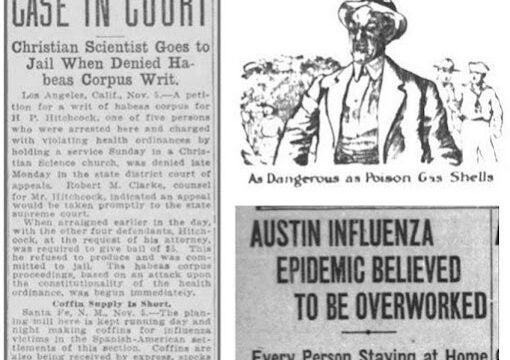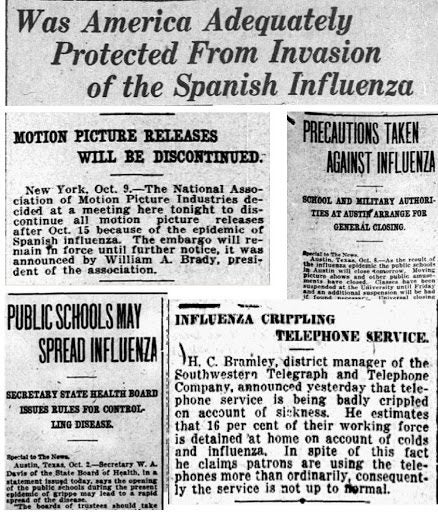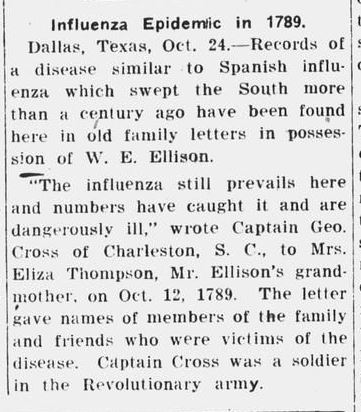The Year 2020

The Year 2020
By Mary Adams
As 2019 wound to a close, the outlook was bright for the most part. The world was entering a new decade. Tokyo was preparing to host the 2020 Summer Olympic Games, the National Basketball Association was in full swing, political parties were gearing up for a contentious election season, and museums around the country were getting ready for a spring and summer filled with events, exhibits, and educational programs. The year 2020 did not get off to the great start that any of us planned. Instead, it brought with it a whole slew of challenges, frustrations, and disappointments.
In late December 2019, the news had murmurings about a mysterious illness in China but the threat was unclear and concern was low. As the New Year rolled in we learned a little more about it, and the World Health Organization started asking questions. Though news out of China was still limited, all accounts indicated a respiratory virus that caused pneumonia-like symptoms with limited human-to-human spread. By mid-January, the Chinese identified it as a novel coronavirus but underestimated how it spread or how contagious it was. The Coronavirus, now known as COVID-19, took the world stage by late January and it proved to be more contagious than originally thought. As winter turned into spring people began to realize the challenges that this new virus would bring. By mid-March, schools were closing along with Churches, restaurants, and cultural institutions. Sports, both professional and amateur, were canceled. National, State, and Local governments began asking people to stay home and wear masks. For most alive today, these are unprecedented challenges. There were many questions and few answers. People debated the best ways to stay healthy. The world was full of unknowns. Fear and uncertainty abounded. However, history shows that this is not as unprecedented as it seems. This is not the first global pandemic that the world has had to deal with. If we could travel back in time to 1918, I am sure we would hear the same or very similar concerns and complaints.

A little over a hundred years separate the Spanish Flu pandemic of 1918 and the COVID-19 outbreak. Those who lived in 1918 lacked the benefit of social media and the instant minute-by-minute updates available on the internet, television, and radio. Instead, they relied heavily on local newspapers for their information. A quick search through the headlines of historic newspapers reveals how our predecessors dealt with the challenges they faced.
In March 1918, there were reports of a flu-like virus that spread through an Army camp in Kansas. From March to September of 1918, as World War I raged in Europe, both the United States and Europe logged flu cases, but the numbers of cases did not raise any red flags. However, in September 1918 the second wave of flu hit the US. The virus was virulent and deadly and spread through entire communities quickly. This prompted many of the same government actions that international leaders called for in the early spring of 2020. Governors and Mayors called for their citizens to stay home to prevent the spread of the virus, mask mandates were issued in cities across the country, schools closed as did churches and theaters, and stores were told to limit how many customers were allowed in at a time.

The public’s response in 1918 was very similar to their response this year. Some people followed their government’s suggestions while others protested what they saw as their overreaching control. There were skeptics who argued that the numbers were not accurate and many reported cases of the “flu” where just colds. They even had anti-mask leagues who protested that masks were not effective at stopping the spread of the virus. All of this to say that while we are facing challenging times and things have not gone as we planned in the year 2020 we are not the first generation to have dealt with such frustrations nor will we be the last.






